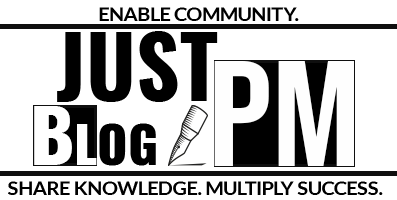- Inputs:
-
- Project Management Plan: This primary guiding document outlines the project’s objectives, scope, and approach. It includes:
- Cost Performance Baseline: This is the benchmark against which all cost-related activities are measured. It provides a clear picture of the planned vs. actual costs at any given point in the project.
- Cost Management Plan: This document outlines the approach and methodologies for cost estimation, budgeting, and control.
- Project Funding Requirements: This clearly shows when and how much funding is required at different project stages. It ensures that there’s always enough money available to meet the project’s needs.
- Work Performance Data: Includes information about the work completed, the costs incurred, and the time taken. It helps in comparing the planned vs. actual performance.
- Organizational Process Assets: These are the set tools, techniques, methodologies, and best practices that an organization uses to manage and control costs. They can be tailored to fit the specific needs of a project.
- Project Management Plan: This primary guiding document outlines the project’s objectives, scope, and approach. It includes:
- Tools & Techniques:
-
- Earned Value Management (EVM): EVM is a widely used technique that quantitatively measures project performance by comparing the amount of work planned vs. the amount of work completed.
- To-Complete Performance Index (TCPI): This measures the cost performance required to be achieved with the remaining resources to meet a specified management goal.
- Performance Reviews: Regular reviews help identify variances from the plan and take corrective actions.
- Variance Analysis: This involves determining the cause and degree of difference between the baseline and actual performance.
- Project Management Software: Tools like MS Project, Primavera, or other specialized software can automate the tracking and reporting of cost-related data.
- Outputs:
-
- Work Performance Information: This includes the status of the deliverables, the changes implemented, and the forecasted completion date and costs.
- Cost Forecasts: Based on current performance and trends, this estimates the expected total costs upon project completion.
- Change Requests: If significant variances exist, change requests might be raised to modify the project’s scope, schedule, or costs.
- Project Management Plan Updates: Based on the performance and any changes, the project management plan, especially the cost baseline, might need updates.
- Project Document Updates: Documents like risk register, cost estimates, and basis of estimates might need updates based on the latest data.
In essence, the Cost Control Process Model is a dynamic framework that ensures a project stays within its budget while delivering the expected value. It requires continuous monitoring, evaluation, and adjustments as the project progresses.


